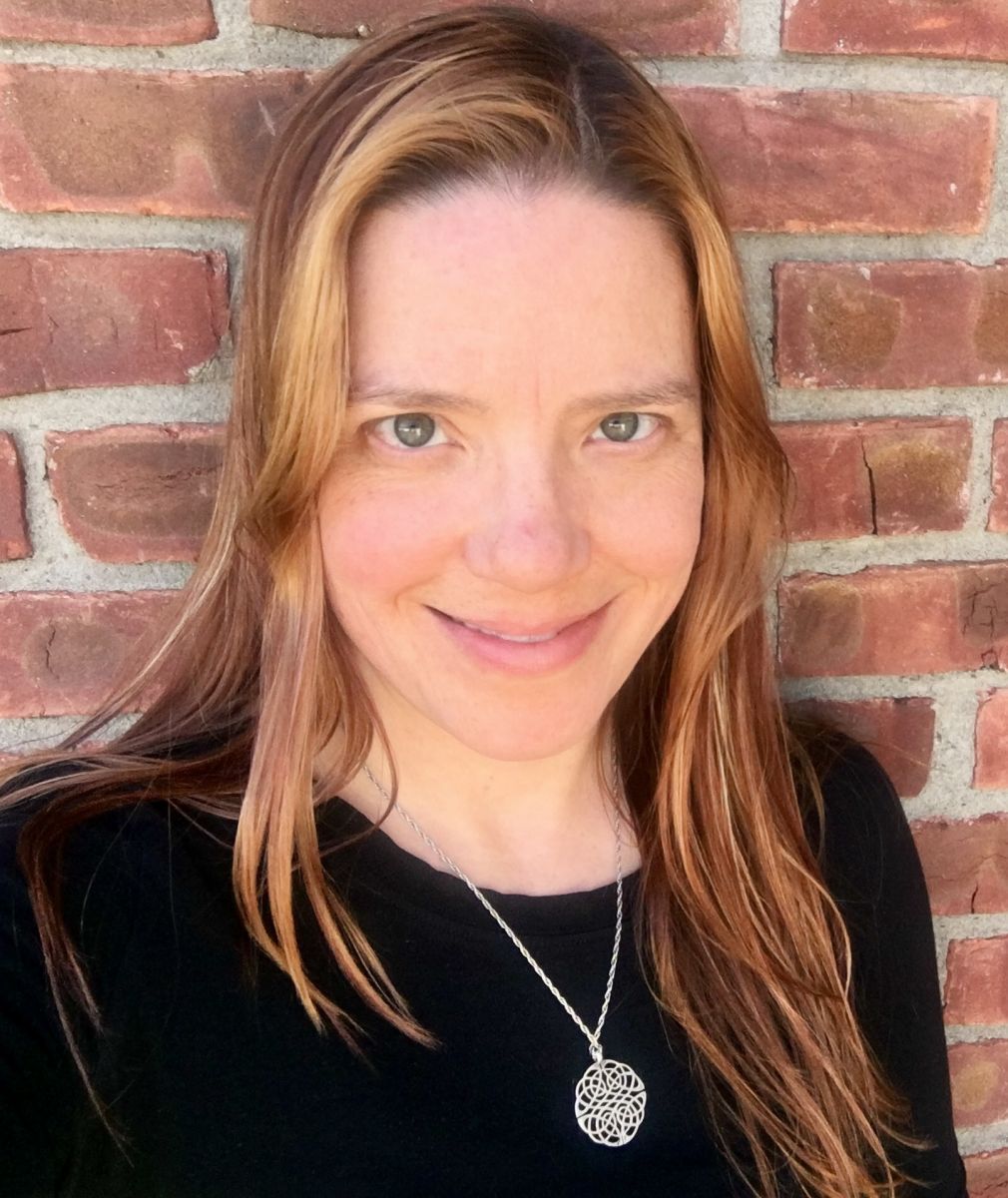- Watch: Full Session Recording (YouTube)
As coastal communities strive to safeguard themselves from increasing storm risks, they are looking for ways to maximize the protective powers of their natural features such as coastal wetlands. This project closely examined one marsh complex that lies adjacent to Piermont Village along the Hudson River Estuary in New York. Village residents wanted to better understand how Piermont Marsh would buffer their village from storm-induced flooding and waves, and whether a proposed plan to restore native cattails within a small area of the Phragmites-dominated marsh would lessen its buffering capacity.
In this webinar, two members of the project team explained how the team used state of the art modeling methods to simulate marsh vegetation and storm impacts produced by a series of past and future storm scenarios. By looking back at Superstorm Sandy in 2012 and projecting how much worse the damage could have been without the marsh, the research team was able to put a dollar value on Piermont Marsh’s buffering services. They shared key takeaways from the research and explained how the findings are informing planning for the marsh and shoreline infrastructure.
Learn more about the speakers:
 | Peter Sheng, Professor Emeritus and Adjunct Research Professor, University of Florida Peter Sheng is an Emeritus Professor and Adjunct Research Professor of Coastal and Oceanographic Engineering at the University of Florida. Peter specializes in coastal hydrodynamic and bio-geochemical processes and multidisciplinary modeling. His recent interests include the impact of climate change on coastal inundation and understanding the role of coastal wetlands (marshes and mangroves) for buffering coastal communities from flood and wave damage. As project lead, Peter coordinated a team of multidisciplinary scientists and led the development and application of the surge-wave model and the economic loss model. | |
 | Sarah Fernald, Research Coordinator, Hudson River National Estuarine Research Reserve Sarah Fernald is a marine scientist and the research coordinator at the Hudson River NERR. She is responsible for managing long term monitoring and research at the reserve. For this project, Sarah worked with Peter to ensure that modeling scenarios aligned with proposed marsh management plans and the interests of Piermont Village stakeholders. | |
Learn more about project: Understanding the Role Coastal Marshes Play in Protecting Communities from Storm Surge and Flooding